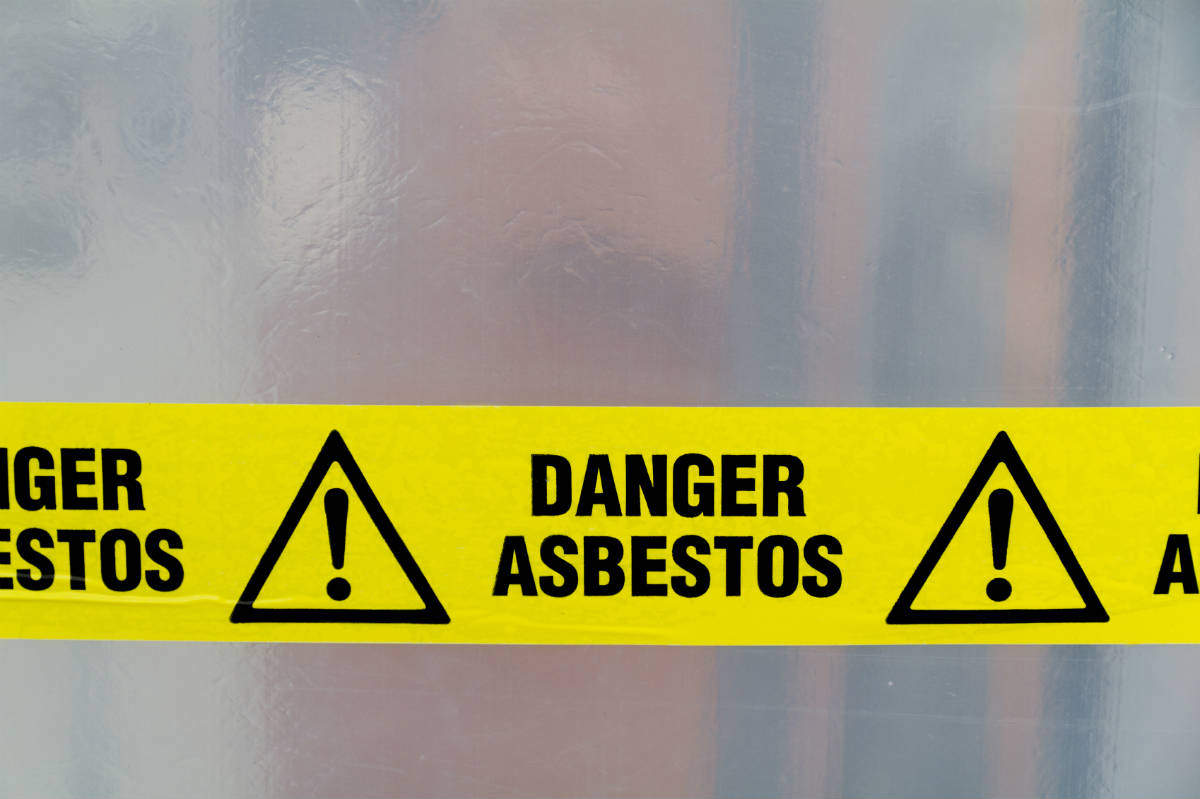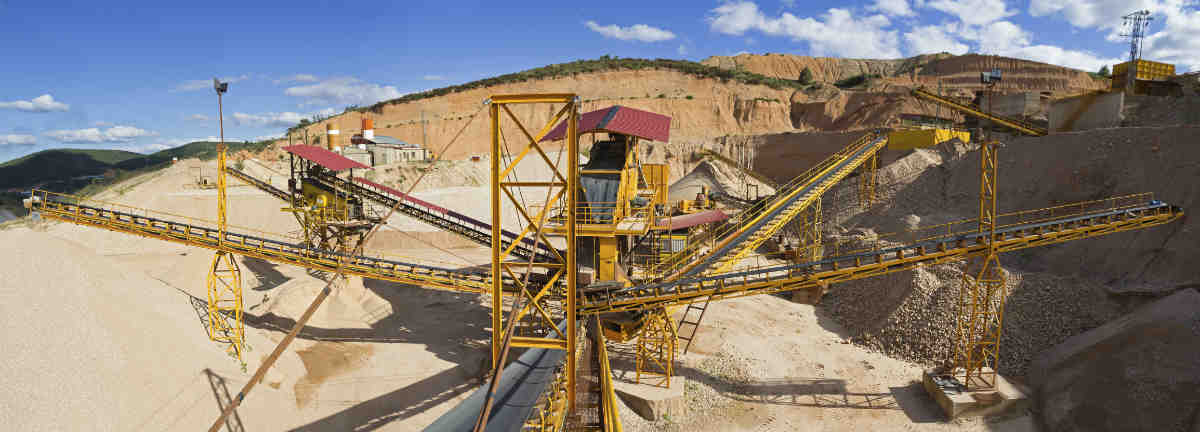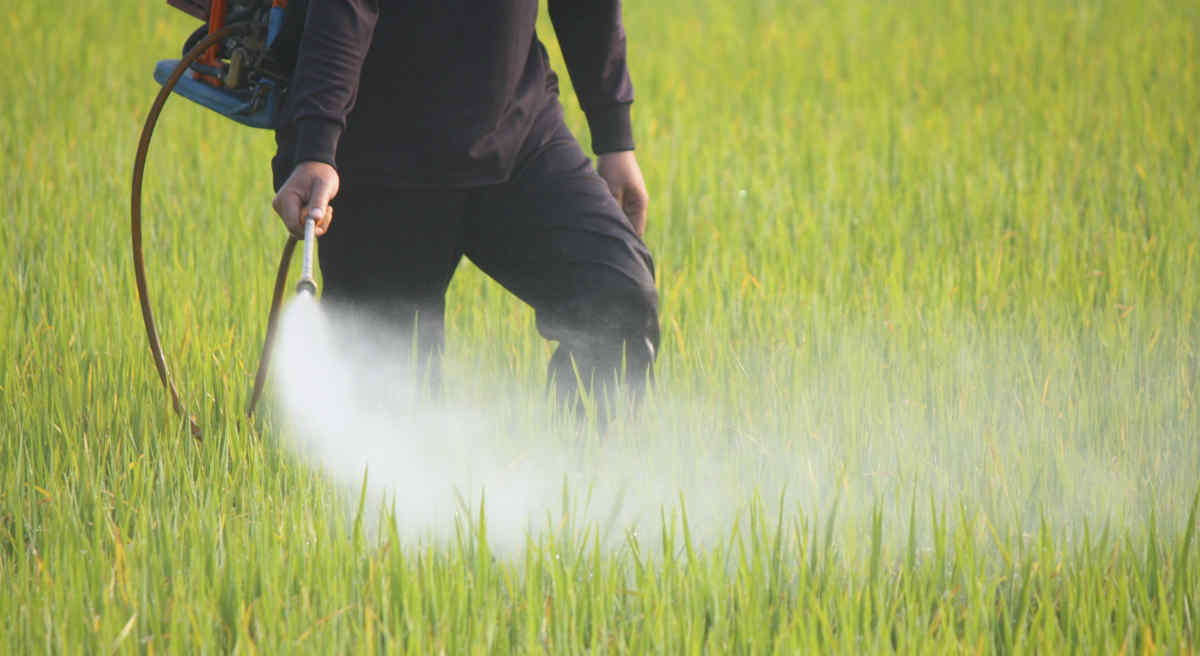Exposure to hazardous substances in the workplace can cause gradual damage and lead to serious occupational illnesses.
Workers are often exposed to dangerous substances in the workplace, and this can cause disability and even death. In this post, we will discuss some of the most dangerous substances that workers are exposed to.
Asbestos

It is one of the most dangerous toxins that workers are exposed to, and has become synonymous with serious occupational illnesses and death. Each year, more than 100,000 workers get killed worldwide due to exposure to asbestos in construction sites factories and other workplaces. Asbestos exposure can lead to serious injuries such as lung cancer, respiratory illnesses, mesothelioma and others.
Silica

Silica is extremely dangerous for the respiratory system. Certain classes of workers such as those working in the mining and the refining industry are exposed to high levels of silica on the job. This increases chances of respiratory disorders, lung cancer, and cardiovascular problems.
Lead
Workers who are exposed to lead at the workplace are susceptible to poisoning. Workers in the manufacturing sector and those exposed to lead based paints are at a high risk of poisoning and may experience symptoms such as serious digestive disorders and cognitive problems.
Solvents and glues
Some classes of workers such as precisions crafters, factory workers and artists are often exposed to high levels of glue and solvents. According to Centre for Disease Control and Prevention, nail salon professionals are exposed to twice the amount of toxic solvents as workers in other similar jobs. Prolonged exposure to these chemicals can cause cancer and brain damage.
Pesticides

Agricultural and farm workers are often exposed to hazardous levels of pesticides. When workers are exposed to high concentrations of pesticides they can cause lethal illnesses. Highly potent, modern pesticides can cause gene mutations that lead to cancer. In case pregnant women are exposed to theme chemicals, it may cause birth defects in the unborn child.
Hazardous dust
Many manufacturing processes create dust as a by-product. If the dust is not controlled properly, it can lead to fatal explosions. Workers in the wood and metal industry are often exposed to dangerous levels of dust, and report a large percentage of dust related health problems.
Radiation
Radiation is one of the deadliest workplace hazards. Workers in some professions including X-Ray technicians are exposed to high intensity radiation at the workplace. Employees is nuclear plants are also highly susceptible to radiation exposure. Radiation poisoning can cause a variety of symptoms including headaches, nausea, vomiting, reddening of the skin and severe fatigue. If you experience any of these symptoms you should immediately move to a safe place and report the exposure to your supervisor.
Biohazards
More and more workers are exposed to biohazards at the workplace every day. Especially the workers in the health care sector have to deal with a variety of pathogens on a daily basis. In absence of proper safety measures, these biohazards can cause severe illnesses and even death.
Workers Comp Benefits for Occupational Illnesses
If you have been exposed to any of these hazards at the workplace, and suffered an illness or injury as a result, you may be entitled to benefits under the Missouri workers compensation system. An experienced workers compensation attorney at the Law Office of James M. Hoffmann can review your claim, free of charge, and help you determine what you are entitled to under Missouri law. Call us today at (314) 361-4300 to request a free consultation with an attorney with over 30 years of experience protecting the rights of injured workers.
Workplace Injury and Accident Causes
Asbestos Exposure
Asbestos Removal
Second Hand Asbestos Exposure
Sexual Assault Workplace
Physical Assault at Workplace
Workplace Injuries Assembly Line
At Fault Accident
Workplace Attack
Benzene Exposure
Injured on Lunch Break
Building Collapse
Workplace Bullying
Chemical Exposure in the Workplace
Chemical Hazards in the Workplace
Cold Stress in the Workplace
Combustible Dust Explosion
Computer Use
Construction Site Accident
Conveyor Belt Accident
On the Job Injury Cause by Coworker
Crane Accident
Injuries from Desk Jobs
Diesel Exhaust Fumes Exposure
Digging Injury
Breaking Company Policy
Drowning at Work
Workplace Drug Use
Electrical Workplace Accidents
Elevator Accident
Equipment Accident
Ergonomics in the Workplace
Excessive Overtime
Workplace Explosion
Extreme Danger
Fall at Work
Fire in the Workplace
Slicer Accident
Forklift Accident
Walk in Freezer
Gas Pipeline Accident
Hard Work
Workplace Hazardous Substances
Hazardous Equipment in the Workplace
Heavy Machinery Accident
Horseplay in the Workplace
Danger at Workplace
Insomnia in the Workplace
Jumping Accident
Ladder Falls at Work
Loading Dock Accident
Machinery Accident Workplace
Equipment Failure Accident
Mining Accident
Mold in the Workplace
Nail Gun Accident
Workplace Noise
Non Collision Accident
Heavy Objects
Workplace Office Equipment
Opioid Use
Injury at Work Due to OSHA Violation
Overexertion Injuries at Work
Use of Pain Killers
Power Tool Injury
Inadequate PPE
Repetitive Motion Injuries in the Workplace
Mansfield Bar
Scaffolding Accident
Secondhand Smoke in the Workplace
Side Effects
Silica Exposure
Sleep Disorder
Slip and Fall Injuries in the Workplace
Stairs at Work
Struck by a Vehicle
Tar Fumes
Toxic Chemical Exposure
Toxic Fumes in the Workplace
Car Accident While Working
Trench Collapse
Trips at Work
Unsafe Working Conditions
Workplace Violence
Welding Injury
Winter Hazards in the Workplace
Working Shifts
